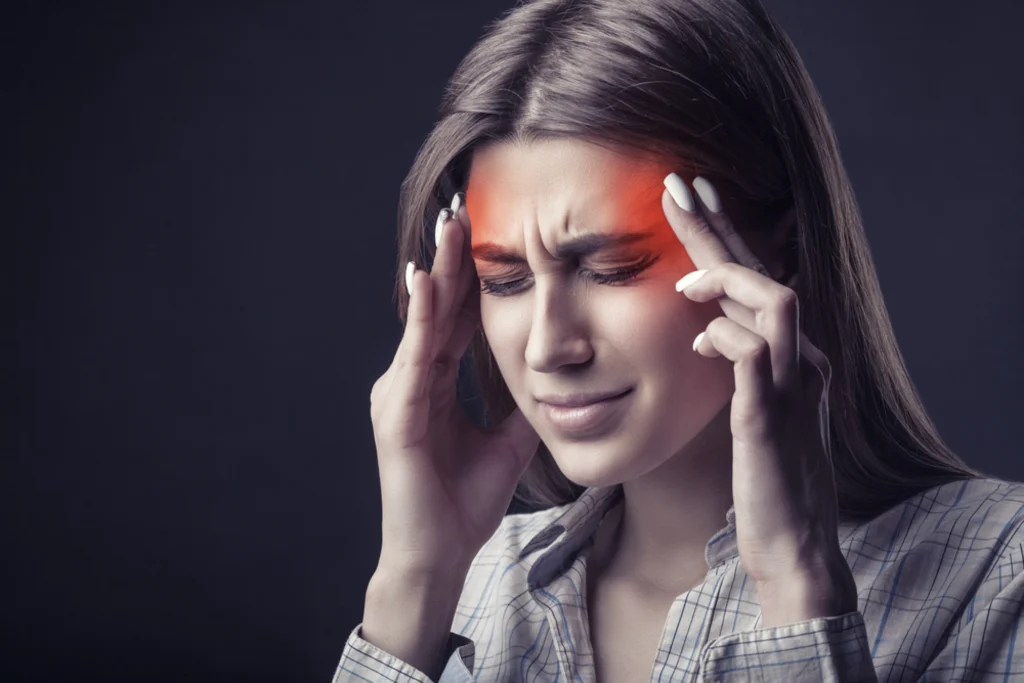Migraine Broward
Migraine Broward
Struggling with migraines that disrupt your daily life, work, or peace of mind? You’re not alone—and relief is possible. At Theracave in Broward, we offer non-invasive, personalized therapy to help reduce the frequency and severity of migraine episodes. Our approach focuses on identifying and addressing musculoskeletal and postural imbalances, stress-related tension, and other physical triggers that may contribute to your migraines. Through hands-on therapy, gentle movement, and relaxation techniques, we work to ease tension and promote long-term relief.
Migraines are a complex neurological condition, not just intense headaches. They often come with a combination of symptoms—like visual disturbances, nausea, or sensitivity to light and sound—and can last from hours to days. At Theracave, we understand that every case is unique. That’s why we develop custom treatment plans based on your symptoms, lifestyle, and triggers. With early, consistent therapy, many clients experience fewer attacks and a dramatic improvement in their ability to manage migraine-related pain.

Causes Of Migraines:
Leading to muscle tension and hormone shifts
Particularly during menstruation, pregnancy, or menopause
Inconsistent or insufficient rest
Such as caffeine, aged cheeses, alcohol, and artificial additives
Symptoms Of Migraines:
How Theracave Helps With Migraine Relief:
At Theracave, we focus on treating migraines by identifying and addressing the physical and neurological factors that contribute to them. Our personalized therapy approach provides long-term relief and helps reduce the need for medication.
We evaluate posture, muscular tension, movement patterns, and migraine history
Targeted to reduce trigger factors like neck strain, poor posture, and stress
To correct body mechanics that may contribute to migraines
Your plan evolves with your progress for long-lasting results
Areas We Serve:
- Broward
- Davie
- Sunrise
- Tamarac
- Miramar
- Lauderhill
- Plantation
- Hollywood
- Coral Springs
- Fort Lauderdale
- Pembroke Pines
- Deerfield Beach
- Pompano Beach
Q&A
What is a migraine?
A migraine is a type of headache characterized by intense, throbbing pain, usually on one side of the head. Migraines can also be accompanied by symptoms such as nausea, vomiting, sensitivity to light and sound, and visual disturbances known as aura.
What are the common symptoms of migraines?
Common symptoms of migraines include severe, pulsating or throbbing pain on one side of the head, nausea, vomiting, sensitivity to light and sound, and visual disturbances like flashing lights or blind spots. Some people experience aura, which are sensory disturbances that occur before the headache.
What causes migraines?
The exact cause of migraines is not fully understood, but they are believed to result from a combination of genetic, environmental, and neurological factors. Triggers may include hormonal changes, stress, certain foods or drinks, sleep disturbances, and sensory overload.
How is a migraine diagnosed?
Migraines are diagnosed based on a patient’s medical history and symptoms. A healthcare provider may perform a physical examination and ask about headache patterns and triggers. In some cases, imaging tests or other diagnostic procedures may be used to rule out other conditions.
What are the treatment options for migraines?
Treatment options for migraines include over-the-counter or prescription medications to relieve pain and prevent attacks. Lifestyle changes, such as managing stress, avoiding triggers, and maintaining a regular sleep schedule, can also help. Physical therapy and alternative treatments may be beneficial for some individuals.
Can physical therapy help with migraines?
Yes, physical therapy can help manage migraines, especially if they are related to musculoskeletal issues or tension. Techniques such as posture correction, stretching, and relaxation exercises can reduce the frequency and severity of migraines.
How can I prevent migraines?
Preventing migraines involves identifying and avoiding triggers, maintaining a healthy lifestyle, managing stress, and establishing regular sleep patterns. Keeping a headache diary can help identify patterns and triggers, and working with a healthcare provider can help develop a personalized prevention plan.
How long do migraines typically last?
The duration of a migraine can vary. Migraine attacks typically last from 4 to 72 hours if untreated. The frequency of migraines can also vary, with some individuals experiencing them occasionally and others having chronic migraines occurring more frequently.
What Customers Are Saying
Our Process
How It Works?
Reach out to us via our online form or call to schedule an initial assessment.
Based on your unique needs, we develop a tailored therapy program.
Our professionals guide you through each session, focusing on effective rehabilitation.


